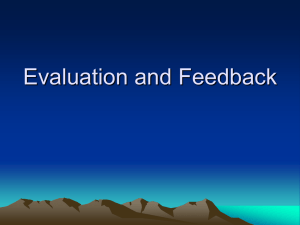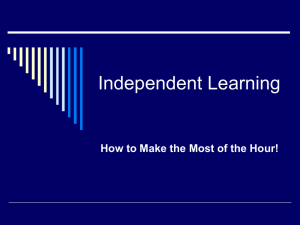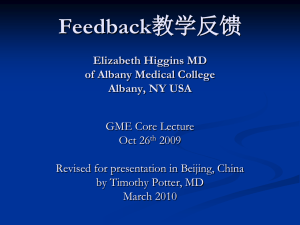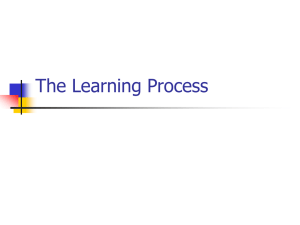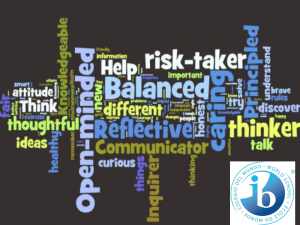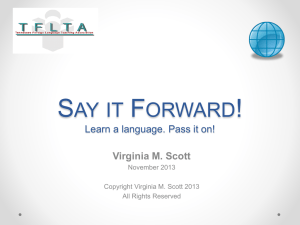Coker2e_Ch10
advertisement
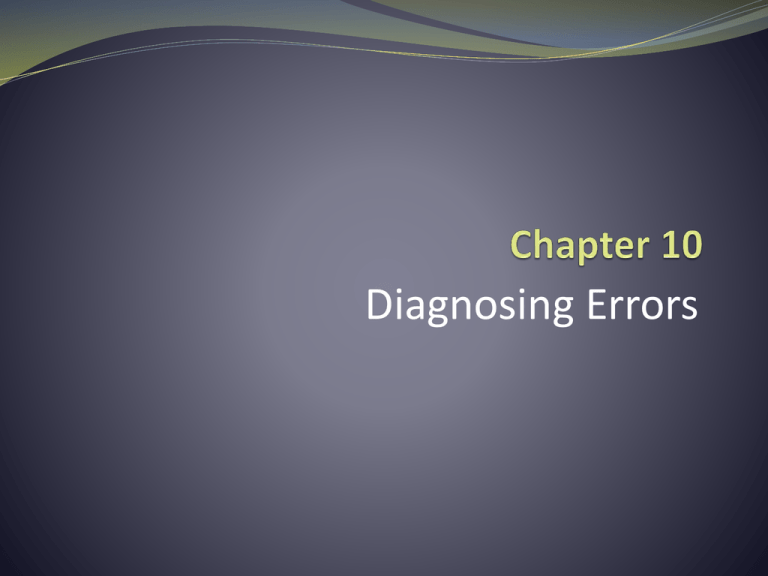
Diagnosing Errors Analyzing Skills Practitioners must be able to analyze performance accurately and determine if an error exists, its cause, and how to fix it. May compare a learner’s technique to that of a highly skilled individual. Need to understand the limitations of observation. Should realize that some errors may result from problems related to motor learning and control and not from poor technique. Limitations of Observations Certain techniques may be inappropriate due to individual differences. An observed flaw may have various underlying causes. Errors are not always the result of poor technique. Planning an Observation Identify the skill’s purpose and key elements Determine the viewing perspective Decide on the number of observations Consider capturing the performance on videotape Key Elements of Fielding a Ground Ball Determining the Cause of an Error and Its Resolution Errors due to constraints Comprehension errors Errors in selection Execution errors Sensory errors Errors Due to Constraints Developmental error Equipment Structure of the task or drill Changes in the environment Fear Your Perspective Have you ever been afraid to try to learn a new skill? How have you pushed past that fear? Or are you still afraid of that particular activity? How would you help a roommate push past a fear? Your grandmother? A young child? Comprehension Errors When the learner does not understand the requirements of the skill or what is expected When the learner is trying to correct or refine skills Errors in Selection Perceptual errors: Does not know what cues to look for Cannot distinguish between task-relevant and irrelevant stimuli Focuses attention on the wrong cues Decision-making errors: Unable to identify and locate critical cues Does not know the relationship between a specific cue and the appropriate response Recall errors: Forgets movements and strategies Execution Errors Errors in neuromuscular coordination: Has not had enough practice time to establish proper coordination Lacks necessary abilities or physical prerequisites to develop a high degree of proficiency Speed–accuracy tradeoff: May need to slow down or speed up a movement Telegraphing: Reveals intent to an opponent, thus giving the opponent the advantage Sensory Errors Visual errors: Visual demands of a sport may exceed what is physically possible Shadows Improper vantage point or obstruction Proprioception errors: Proprioceptive deficits—from muscular pain or injury. Possible Causes of Error Related to Motor Learning and Control Should the Error Be Corrected? Is the learner capable of making a correction? How much time is needed? Is the learner motivated? Type of Correction Has an Impact on How Much Time Is Needed Retry the skill Refine the skill Rebuild the motor program or pattern of coordination Categories of Corrections Reprinted, with permission, from C.A. Coker, 2005, “Teaching tips for simplification,” Teaching Elementary Physical Education (16)6: 8-9. Your Perspective You are tossing a baseball in the backyard with your 7-year-old nephew and you spot an error with his throw. What do you tell him? How do you tell him? How would this differ if it was your brother who had the error in throwing technique?





